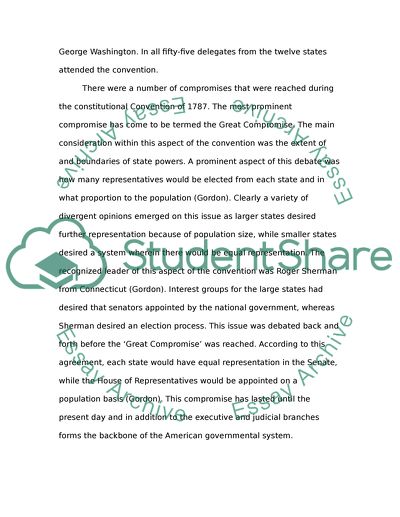Cite this document
(“Constitutional Convention of 1787 Essay Example | Topics and Well Written Essays - 1000 words - 1”, n.d.)
Retrieved from https://studentshare.org/history/1435122-constitutional-convention-of-1787
Retrieved from https://studentshare.org/history/1435122-constitutional-convention-of-1787
(Constitutional Convention of 1787 Essay Example | Topics and Well Written Essays - 1000 Words - 1)
https://studentshare.org/history/1435122-constitutional-convention-of-1787.
https://studentshare.org/history/1435122-constitutional-convention-of-1787.
“Constitutional Convention of 1787 Essay Example | Topics and Well Written Essays - 1000 Words - 1”, n.d. https://studentshare.org/history/1435122-constitutional-convention-of-1787.


